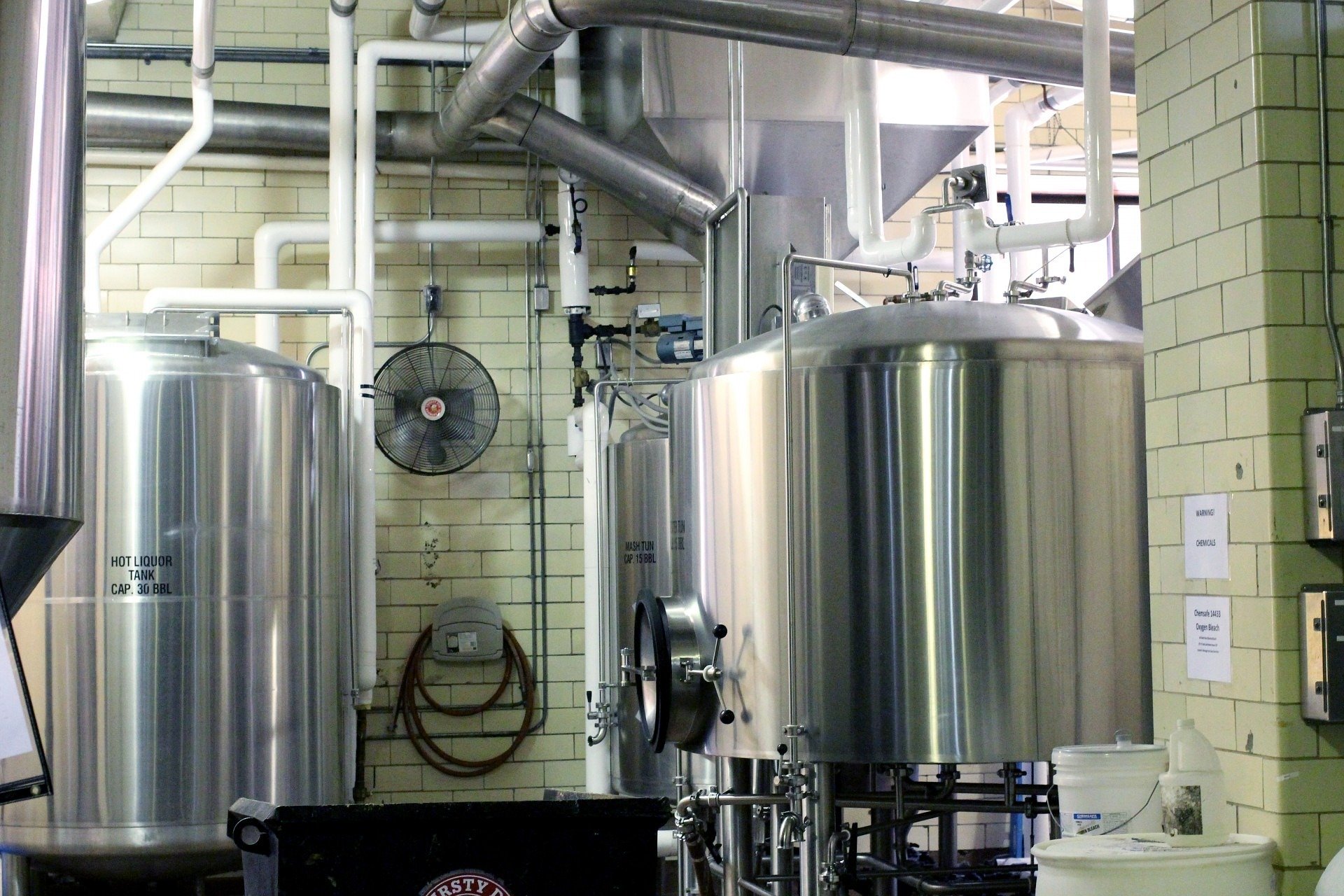Food & Beverage

The Company
The Company is dedicated to creating better-tasting, more authentic and nutritious food and beverages. Together with their partners around the world, they produce safe, quality products that help feed millions every day. The business boasts a strong global presence with 147 manufacturing locations across 6 continents, employing a team of over 22,000 personnel.
The Challenge
The site was experiencing problems with capacity. On time delivery performance was a huge concern with an ever-growing late order book as well as a high level of dumped stock.The key objective of the project was to determine whether a Capex approval should be granted to purchase further plant and equipment that would provide additional capacity, at the cost of €2.5 Million.
The Approach
To best support the business we observed the current processes and analysed the data available (OTIF and dumped stock due to OOD). A situational approach was taken to support the business needs which included the following essential actions:
Value Stream Mapping
Current State Map created with opportunities for improvement identified.
Sales and Production Analysis
Sales data was analysed to capture the quantities that the customer was purchasing (there was no minimum order quantity). Runners, Repeaters and Strangers were identified across all current SKU’s. Production data was analysed to identify the batch quantities currently being planned and produced. A customer order profile was created, determining ‘actual’ demand for products.
Quick Changeover / SMED
Changeover time for the process was 36 hours, hence the large batch sizes the site would plan to produce. Overproduction is the worst form of waste and was a major contributing factor to the dumped ‘out of date’ stock and the inability for the site to cope with customer demand. Our SMED activity reduced current changeover and set-up time by 90% substantially increasing the available production time.
Standard Work
Standard Work was introduced to support the Changeover method introduced. This ensured that the new method could be followed easily, and supported training across all three shifts. Introduction of standard work ensures everyone works in the same way guaranteeing quality, safety and performance metrics.
Plan for Every Part (PFEP)
Plan for Every Part was introduced to ensure an accurate stocking policy to satisfy on time in full (OTIF) and reduce dumped and out of date stocks. Standard production batch sizes based on the PFEP data were introduced to support and improve production planning activity.
Results
By taking our situational approach and understanding the problems facing the business, we were able to realize the root cause of the problem. By reducing the changeover time from 2,160 minutes to 36 minutes, we increased available processing time, thereby creating capacity to plan smaller batches that would satisfy more of the customer demand. Smaller batches more often – a concept that was difficult for the planning and production team to understand at first, however, the results obtained within a short period of time dismissed their initial concerns.
Cost Avoidance
Initial Capital Expenditure was halted due to the improved processes, the site avoided the €2.5 Million cost of purchasing new plant and equipment to cope with their perceived capacity problem, investing less than €10K to resolve the ‘true’ issue.
OTIF
On time in full metrics improved from 74% to 98% in less than 90 days
Cost Reduction
There was a significant reduction in costs as a result of the decline of Out of Date dumped stock.
Waste Reduction
The improvement in changeover times and the introduction of PFEP resulted in a >95% decrease in overproduction of all products.
Summary
In summary, the situational approach that BTA took with the client ensured an in-depth, detailed study of their current state to see where capacity improvement could be made at a no / low cost. Lean Manufacturing techniques, and the organizations commitment to changing their processes allowed them to avoid substantial unnecessary investment and at the same time make transformational change to the way they operated. They now have the ability to satisfy customer demand, reducing cost and ensuring that a quality product reaches their customer on time.